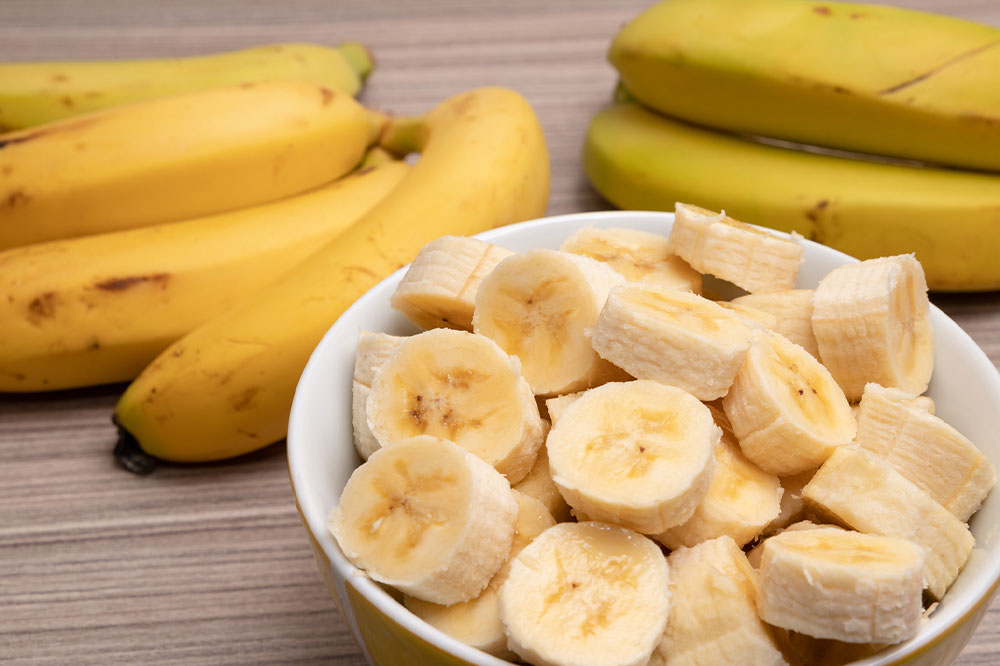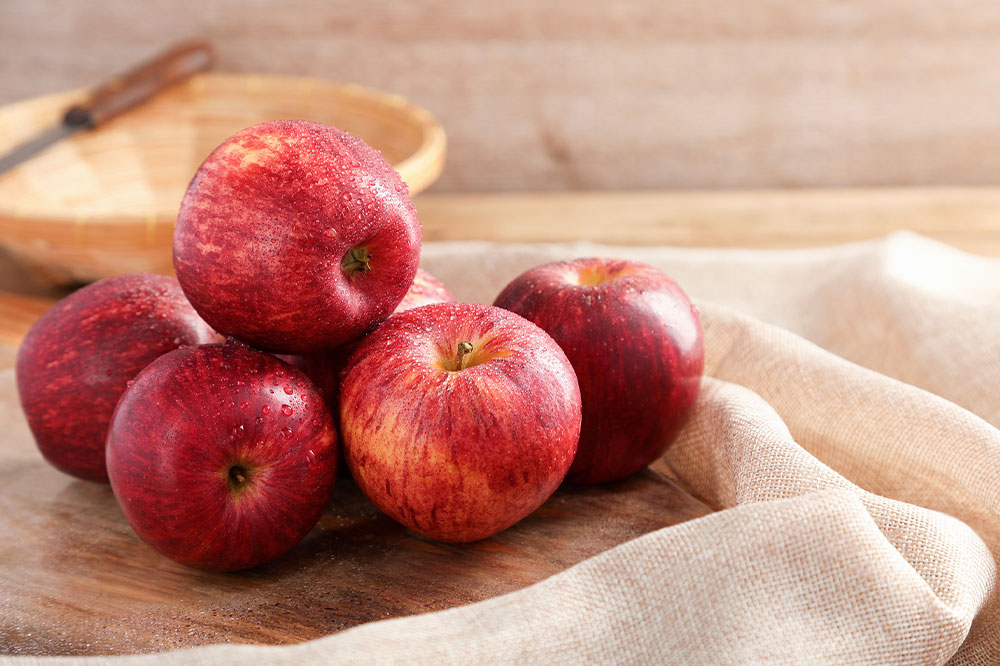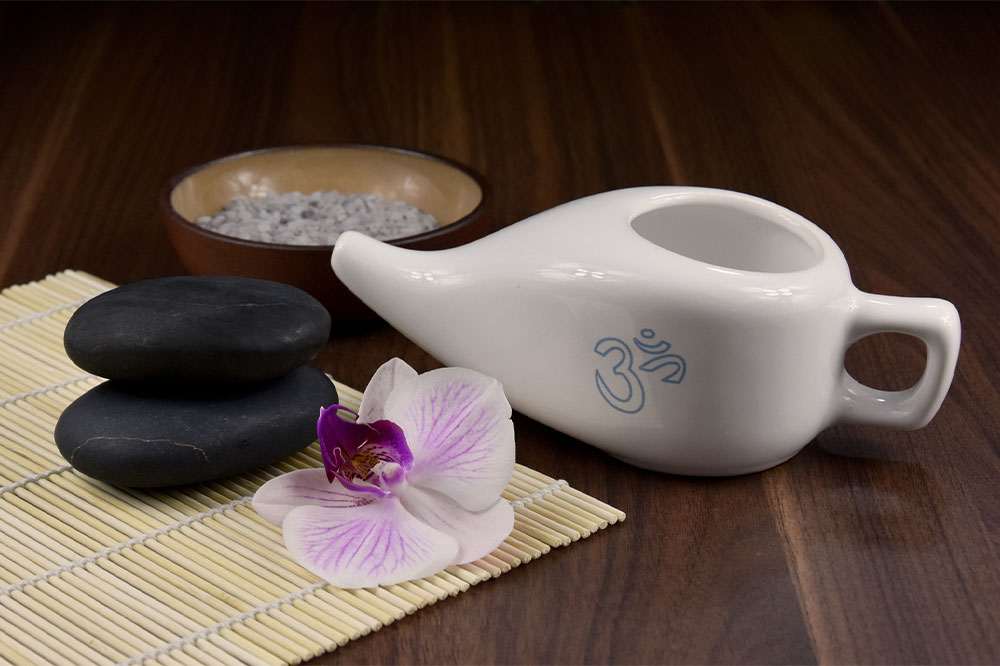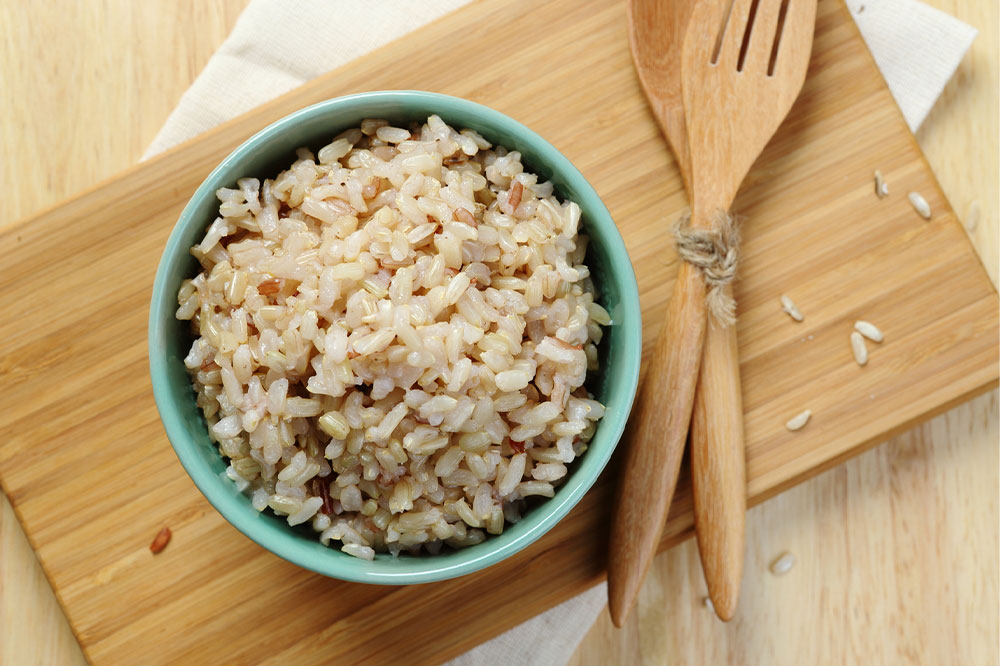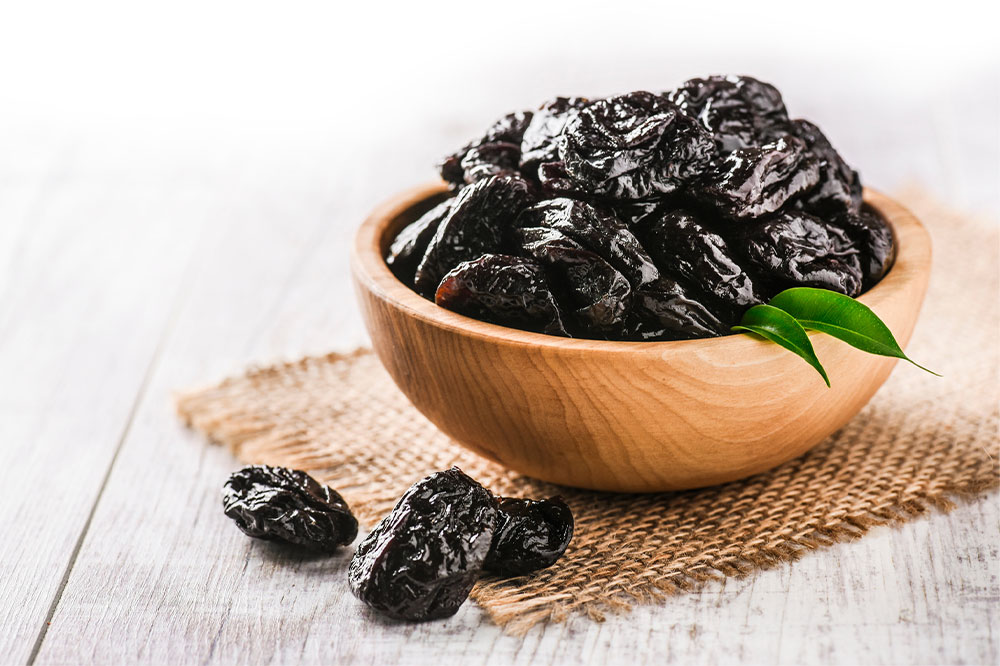
Health
Foods to Eat and Avoid for Constipation Relief
Eating vegetables, fruits, and seeds can relieve constipation by softening the stool, adding bulk, increasing stool frequency, and lowering the gut transit time. Similarly, some foods can cause constipation. Approximately fourteen percent of people face chronic constipation at some point. By changing certain food habits, one can maintain a healthy body. Here we will discuss some foods that cause constipation and those that ease it. Foods that help relieve constipation Prunes Dried plums or prunes are one of the most popular remedies for constipation. They are rich in fiber. Prune contains an insoluble fiber called cellulose that increases the water content in the stool. It adds to the bulk. Further, the soluble fiber in prunes ferments with the colon to yield short-chain fatty acids that aggravate the stool weight. Prunes also have sorbitol, a sugar not absorbed in the body. Sorbitol causes water to be pulled into the colon and has a laxative impact. Moreover, prunes also have phenolic compounds that trigger healthy gut bacteria that trigger a laxative impact. You can add prunes to baked goods, oatmeal, cereals, salads, and smoothies, or enjoy them as are. Flaxseed and olive oil These have a mild laxative impact and streamline the flow of materials through the intestines.
Read More 